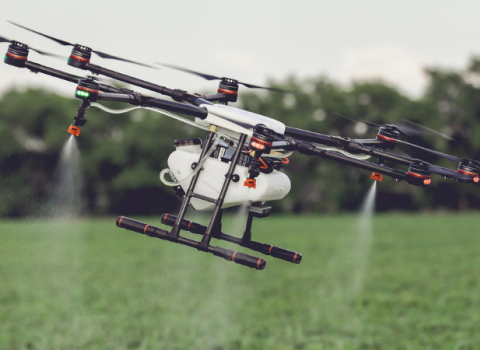
This is raising considerable management issues within biotech companies as staff churn from one employee to another, taking their trade secrets with them.
And since, in theory at least, there is no such thing as a trade secret in academe, the switch also presents challenges for university – industry technology transfer practices.
Michael Gollin, a partner at the US law firm Venable, LLP, says the flight away from patents can be seen in filing statistics. The number of chemical and biotech patents filed at the USPTO rose from 30,000 per year in the mid-1990s to 45,000 in 2001. By 2006, the level of filing had fallen back to where it stood 10 years earlier. Similarly, at the European Patent Office, there was a 13 per cent year-on-year increase between 1995 and 2000, followed by a 6 per cent year-on-year fall from 2000 to 2003.
“But biotech is still innovative, so where is innovation going if not into patents?” Gollin asked, during a session on the rise of trade secrets in biotechnology at the US Biotechnology Industry Organization annual conference held in San Diego last week.
The answer appears to be that biotechs are making more use of trade secrets.
This is the case at Shire Human Genetic Therapies Inc., the US subsidiary of the UK pharma Shire plc, according to Kerry Flynn, vice president of Intellectual Property and Licensing, who confirmed the company is changing its approach to intellectual property protection in the light of shifts in the status and enforceability of patents.
“The landscape has changed recently because of higher standards in granting patent rights,” she said. Recent legal rulings mean companies are less likely to get injunctions if they allege an infringement.
“When we were a small biotech we were more aggressive in patenting […] whether we could afford to protect these patents or not is another matter,” said Flynn. “Now as a bigger company we think we can protect value better as trade secrets.”
Secrets for life
The attraction of trade secrets is that if you can keep them, intellectual property can be yours in perpetuity. The very big downside is that once the secret is out you lose all rights from day one.
With a high level of staff churn from one employer to another in the biotech cluster in Cambridge, Mass, where Shire Human Genetics is based, the company has developed a formal management process for creating and protecting its trade secrets.
“There is a lot of movement in biotech; it is an incestuous community. This makes keeping trade secrets a bit of a challenge,” said Flynn.
On joining the company, people sign the usual non-disclosure agreements, but also sit down one-to-one with a company lawyer to have the trade secrets system explained. New recruits are also reminded of their duty to protect the trade secrets of previous employers, to prevent Shire being accused of hiring people to access sensitive information.
The company has a number of formal checkpoints at which it takes a decision on whether to patent or to maintain intellectual property as a trade secret. For example, before submitting a paper for publication in a journal or making a presentation, the content is formally assessed by a committee to decide if information may need to be with held as trade secret, or should be patented.
Similarly, when files are being submitted to gain marketing authorisation for drugs, the data is reviewed to determine if intellectual property should be patented at that point.
“We don’t make one decision. There is ongoing risk analysis of how important it is if this information does get out there,” said Flynn.
At odds with academia
The undermining of patents in favour of trade secrets is at odds with the academic ethos, which calls for open discussion of research results and encourages academics to share information – including with multiple industrial partners. “And we live in a publish or perish environment in which academics are evaluated based on how much they publish,” said Janna Tom, Assistant Director at the University of California, Oakland, Office of Technology Transfer. “All our basic principles are against the trade secret approach.”
In short, there are no trade secrets in the academic environment. However, said Tom, the University of California continues to use the patent system to provide incentives for industry, and will make concessions such as delaying the publication of a scientific paper to allow patents to be filed.
“The move to [keeping] trade secrets may create a few challenges to academic technology transfer, but we still have our academic principles to defend,” said Tom.
The shift towards trade secrets is a particular problem for biotech start-ups with no products, believes Edward Grieff, Senior Partner at Amylin Pharmaceuticals. “For a small company, the value is in the patents.” Patents are required for fund raising, to validate technology through licensing, and to appeal to investors in an initial public offering.
“It is tragic for small companies that there is a move against patents. This won’t help innovation,” said Grieff.





 A unique international forum for public research organisations and companies to connect their external engagement with strategic interests around their R&D system.
A unique international forum for public research organisations and companies to connect their external engagement with strategic interests around their R&D system.